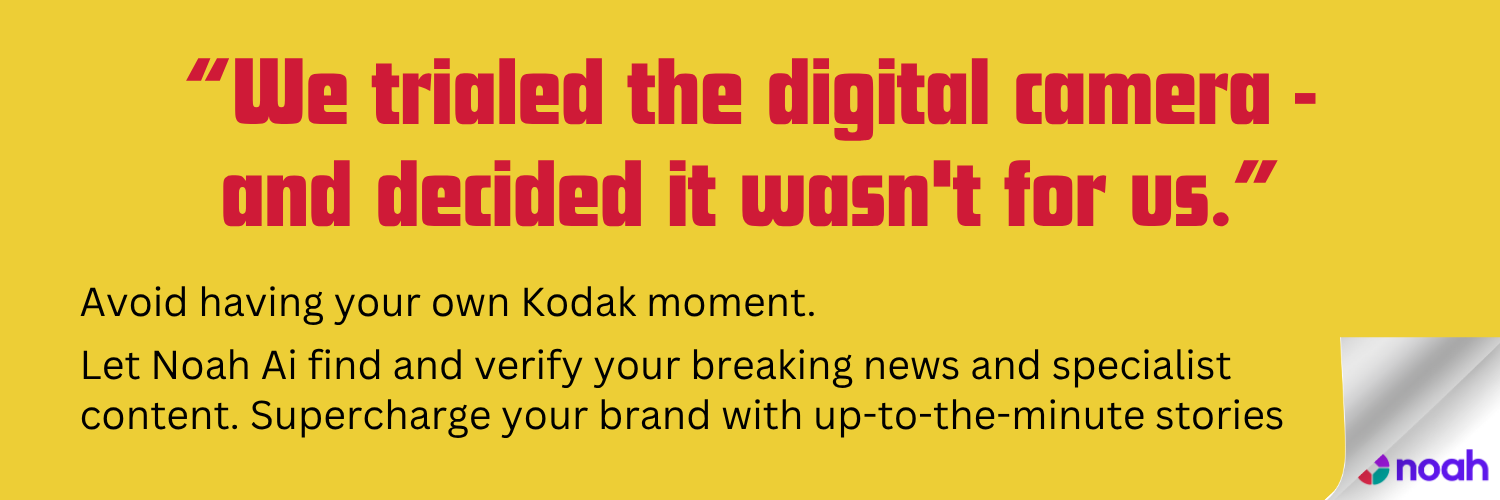Daily Mail Australia has launched a new subscription service, Mail+, introducing a partial paywall that offers premium content while maintaining free access to aggregated articles.
Daily Mail Australia has announced the launch of a new subscription service, marking a significant shift in its business model with the introduction of a partial paywall. Dubbed Mail+, this subscription service is set to provide subscribers with access to “daily premium stories” and a “Best of The Mail” weekly newsletter at a monthly rate of $1.99. The paywall is slated to offer some of the site’s most popular content, including exclusives on news, crime, and showbiz, as well as lifestyle features, beauty and health advice, and contributions from various columnists.
Despite the new paywall, Daily Mail Australia readers will still enjoy free access to the aggregated content that the outlet is known for. According to the outlet’s editor, Felicity Hetherington, the practice of repurposing other news outlets’ content—sometimes even from those with their own paywalls—will remain unaffected by the newly introduced Mail+ service. This has been a consistent element of the Daily Mail’s strategy, albeit a controversial one, often criticised for its reliance on repurposing content from other media entities.
The introduction of the paywall brings Daily Mail Australia in line with its UK counterpart, which has already incorporated a similar strategy in the form of Mail+. This move reflects an ongoing trend in the media industry where many publications are attempting to monetise their digital content in the face of declining advertising revenues.
Industry reactions to the introduction of the paywall have been mixed. Some media professionals see the shift as a necessary step for the survival of Australian media, while others remain sceptical. A journalist working for another local paywalled publication conveyed concerns to Crikey, pointing out the challenge audiences may face in adapting to a paywall, particularly given the Daily Mail’s history of providing free access to content from other locked-down publications.
Other voices in the industry see the move as a potential indicator of a broader shift within Daily Mail’s operations. A reporter remarked on the discernible distinction being made by Daily Mail management between premium content deserving of a paywall and the more routine ‘aggregated’ stories that are not.
The debate does not end there. Concerns have also been raised about the potential for the premium content to fall into the same pattern of ‘copy-and-paste’ journalism that the publication has been critiqued for in the past. Notably, former Daily Mail Australia journalist Cait Kelly highlighted the outlet’s entrenched practices of repurposing other journalists’ work as a central part of its business model.
The launch of the partial paywall also comes against the backdrop of broader discussions on journalistic ethics and the role of artificial intelligence. Hetherington assured that the Daily Mail Australia does not employ AI in its free stories and has no plans to do so for its premium content either, distancing herself from her predecessor’s more permissive stance on AI in journalism.
Despite these controversies, some industry analysts predict that the new paywall might find success. Charles Goodsir from SEN suggested that while there might be an initial drop in readership, the impact of the partial paywall might not be severe. Furthermore, he expressed scepticism towards paying for what some perceive as clickbait, yet acknowledged that a sector of the audience might continue to engage with the newly monetised content.
As Daily Mail Australia embarks on this new chapter, the response from both readers and industry observers will likely determine the extent of success for this latest venture in the evolving media landscape.
Source: Noah Wire Services








